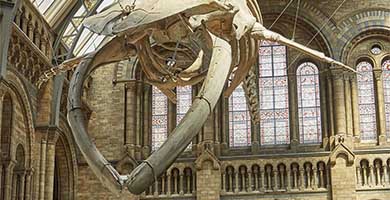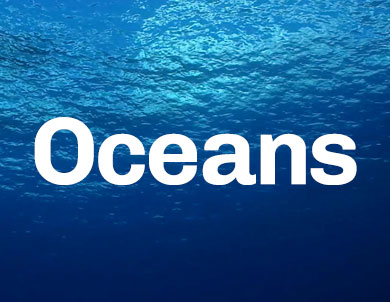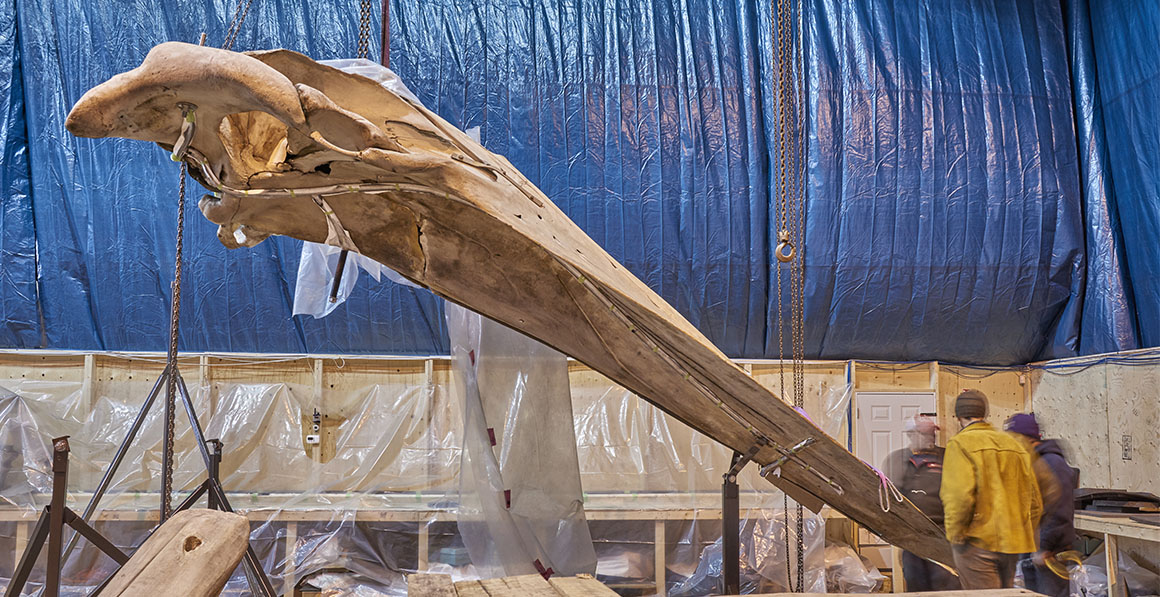Trace the 126-year journey of the blue whale from the sea to Museum.
A blue whale skeleton weighing 4.5 tonnes is one of the first things visitors encounter when they enter the recently redeveloped Hintze Hall.
In previous videos, the first bones were taken down from the Mammals gallery, and cleaning and conservation began in preparation for the skeleton's suspension in a dramatic new posture.
Now that the specimen is safely in place, Richard Sabin, Curator of Marine Mammals, travels to where the whale died, in the harbour town of Wexford in southeast Ireland.
The first whaler of Wexford
On 25 March 1891, Wexford fisherman Edward Wickham came across a blue whale floundering on a sandbank in the harbour.
Having occurred just before a global boom in commercial whaling, the stranding represents an important moment in the history of this species.
Newspaper articles from the time describe how Wickham bravely approached the animal, using an improvised harpoon to 'dispatch the big fish'.
After the female whale was finally slain, the carcass was sold for £111, a huge sum that would be equivalent to many thousands of pounds today.
In Wexford, Richard met Wickham's descendants and traced the journey of the specimen from a sandbar in Ireland to the heart of the Museum.
Images of William Armstrong are used with thanks to Olive Condell, his great grandaughter.

See the blue whale
Visit the Museum and walk beneath the largest animal ever to have lived.

Dive in
Find out more about why we need to protect the oceans, find themed events, and read about the pioneering work of the Museum's marine scientists.




Don't miss a thing
Receive email updates about our news, science, exhibitions, events, products, services and fundraising activities. We may occasionally include third-party content from our corporate partners and other museums. We will not share your personal details with these third parties. You must be over the age of 13. Privacy notice.
Follow us on social media